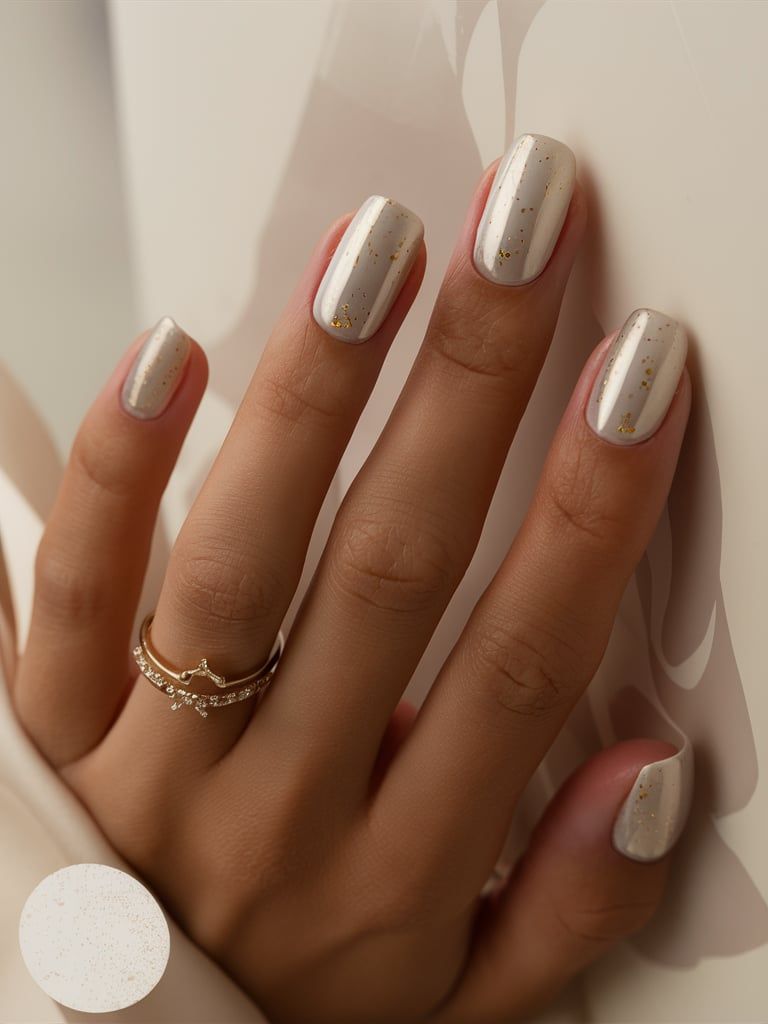Kintsugi: Embracing Imperfection
When it comes to the art of Kintsugi, imperfection is not only accepted but celebrated. This traditional Japanese repair method focuses on highlighting the cracks and breaks in an object, rather than trying to hide or disguise them. The philosophy behind Kintsugi is rooted in the belief that brokenness is part of an object’s history and should be honored. By repairing a piece with gold or other precious metals, the flaws are transformed into beautiful and unique features that add to its character.
The Process of Kintsugi
The process of Kintsugi involves carefully piecing together the broken fragments of an object using a lacquer mixed with powdered gold, silver, or platinum. This mixture not only serves as a strong adhesive but also creates stunning lines that highlight the repaired areas. The result is a piece that showcases both its original form and the history of its repairs, creating a visual story of resilience and beauty.
- Step 1: Gather the broken fragments of the object
- Step 2: Apply the lacquer mixed with powdered precious metal to bond the pieces together
- Step 3: Allow the repaired object to dry and set
- Step 4: Polish the repaired areas to reveal the shimmering gold or silver lines
The Philosophy Behind Kintsugi
At the core of Kintsugi is the idea that imperfection is not something to be hidden or ashamed of, but rather embraced and celebrated. By mending an object with precious metals, its flaws are transformed into unique and striking features that make it even more beautiful than before. This philosophy can also be applied to life itself, encouraging us to embrace our own imperfections and see them as part of our individual history and beauty.
- Embrace imperfection as a part of life’s journey
- See beauty in the brokenness and fragility of objects and people
- Celebrate resilience and strength in the face of adversity
- Find value in impermanence and change
Applying Kintsugi to Modern Life
While Kintsugi originated as a way to repair broken ceramics and pottery, its philosophy can be applied to many aspects of modern life. In a world that often values perfection and uniformity, embracing imperfection can be a powerful way to find beauty and meaning in our flaws and mistakes. By practicing Kintsugi in our daily lives, we can learn to appreciate the unique history and character that comes from embracing our imperfections.
- Embrace vulnerability and authenticity in relationships
- Learn from mistakes and see them as opportunities for growth
- Find beauty in diversity and uniqueness
- Celebrate resilience and strength in times of adversity
The Beauty of Imperfection
In a world that often values perfection and flawlessness, the art of Kintsugi serves as a reminder that imperfection can be just as beautiful – if not more so – than perfection. By highlighting the cracks and fractures in an object, Kintsugi transforms them into unique and striking features that tell a story of resilience and strength. Embracing imperfection is not about avoiding mistakes or flaws, but about celebrating them as a part of our individual history and beauty.
Overall, Kintsugi symbolizes the idea that imperfection is not something to be hidden or ashamed of, but rather embraced and celebrated. Its philosophy encourages us to see beauty in the brokenness and fragility of objects and people, and to find value in impermanence and change. By applying the principles of Kintsugi to our own lives, we can learn to embrace our imperfections and see them as a source of strength and beauty.
You can review our digital products by following us on Etsy.





